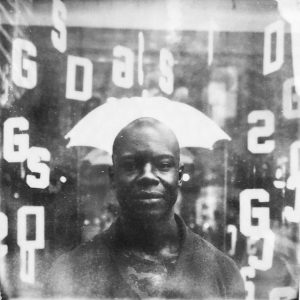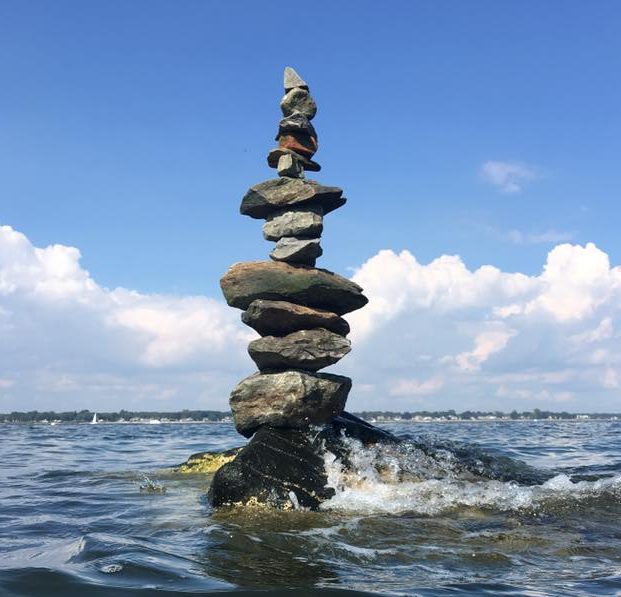Talking with a number of different instrumentalist:
An ukulele player, bassist, violinist, clarinettist, and a singer about #MUS654 topic of Scales and the Relationships of Notes.
Discussing how scales are specifically used and understood within and across different instrument specialisms opened some eyes and gave us food for thought.
We started with big quesitons:
What actually are scales for? When do we play them? When do we learn them?
 It seems perspectives shift with experience as well as with instrument. There is a basic awareness that scales mean notes and the relationships of notes. This equates to building a geographical knowledge on some instruments. The physicality of the instrument was accessed through scales, in effect adding steps to the ladder. Beyond understanding this geography, some people said the usefulness of scales was simply as an exercise in dexterity – and that students ‘do’ scales because they have to. (Image CC-BY by Naveen P.M.)
It seems perspectives shift with experience as well as with instrument. There is a basic awareness that scales mean notes and the relationships of notes. This equates to building a geographical knowledge on some instruments. The physicality of the instrument was accessed through scales, in effect adding steps to the ladder. Beyond understanding this geography, some people said the usefulness of scales was simply as an exercise in dexterity – and that students ‘do’ scales because they have to. (Image CC-BY by Naveen P.M.)
Ouch. That sounds unpleasant, complex, and maybe unnecessary?…
But then the singers piped up. In a singing lesson the warm-ups are nearly all scales, and it is not about learning the geography at all. There are no fingerings, key signatures do not matter, no complex movement patterns to memorise for each scale. Instead, singers will happily sing a portion of a scale (seldom a whole scale, but more often a 5 note pattern or arpeggio) and then without a thought proceed to take it through all of the keys, sometimes covering a whole octave. What if I asked a viola player to do a 5 note scale pattern followed by an arpeggio and take it through all the keys sequentially. Oooohh! That’s a tricky one! I have singing lessons, and I tried to do just that – put my vocal exercises on the cello and it is tricky! Very very tricky!
Here’s an example:
This publicly accessible clip of an exercise serves as a good example for a number of reasons:
This is a scale, transposed from key to key, but it is not strictly about the scale. This is where we start to expand our minds, and learn from one another as we understand what people are doing when they practise these connected notes on various instruments. For the voice, yes, there is the underlying expectation that the pitches and intervals will be correct, but it goes beyond that. Here there is a backing, so there is context. There are different vowel sounds on each iteration – the exercise is about colour, fitting in, achieving a feeling, smoothness, and about the ability to access the range.
That is very different that simple geography.
There was also a keen awareness from singers about the need to actually warm up the instrument (voice) so as not to damage it. Vocalists do extensive gymnastics with their voices, using delicate small membranes to produce the most amazing sounds. Many other musicians have external instruments that have one big difference: they are not organic, as in, they are not alive.
I take care of my cello, but it doesn’t demand the attention of a living, changing, part of my body. It likes a certain general temperature and humidity, but it will certainly work out in the cold, or in the heat, or if it’s in a dry climate… it is interesting, and whenever I talk to different musicians I learn so much. Warming-up (as in awakening the instrument) is far less common on some instruments, and that can be a whole different topic for debate and discussion. (See this article on ‘How to find the best warm-up routine’ from Strings Magazine)
Other instrumentalists mentioned scales as useful for technique training, whether that was navigating registers on the clarinet, or learning dexterity and fluidity on string instruments. Some people practised for intonation, some for tone. Often when people worked on a specific technical aspect, they narrowed the focus and practised a couple of intervals, or a portion of the scale.
I became curious about the presentation of these scale/note-training exercises.
How are they presented? or are they presented at all?
Some students created their own. Teachers created their own, too, based on need. We talked about the relationship of scales, as a whole, to other learning and discovered that there is sometimes a disconnect. Those students who do scales because they ‘have to’ do not always see that these are the foundations for building words and writing stories. It is quite a jump from handwriting practice to creating Narnia.
Those students who do scales because they ‘have to’ do not always see that these are the foundations for building words and writing stories. It is quite a jump from handwriting practice to creating Narnia.
Nearly 10 years ago I met Frank Heuser, and he shared with me a framework he created for a book that not only presented repertoire, but the scales, and studies, and exercises, and ideas for improvisations, and compositions, and the magic was that these things were all in close proximity to one another. It all linked up without blinders stopping the student from seeing. It was clear why Eb and why that pattern, because they formed the door of the wardrobe to Narnia. As you built the pieces, you could then use them and access this magic world of music. (Image CC-BY-NC-ND by Duncan Creamer.)
When things connect there can be a sense of balance and resilience. (Featured image by bassist and music educator, Frank Lestina.)
